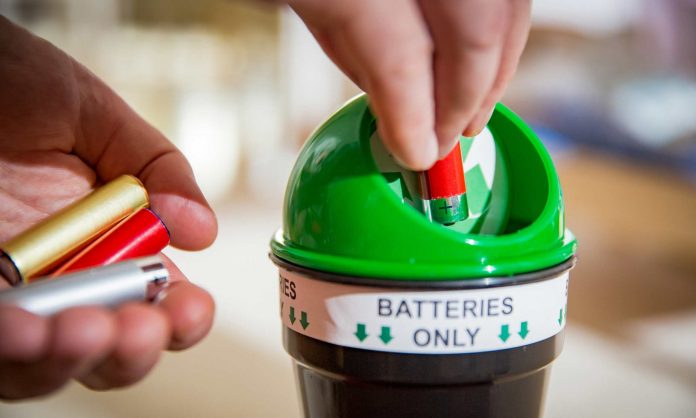
A recent report by CSIRO, titled ‘Lithium battery recycling in Australia’, reveals that only a mere 2% of lithium-ion batteries in Australia are recycled, with $813 million to $3 billion worth of components ending up in landfills.
In other words, Australia’s annual 3300 tonnes of lithium-ion battery waste is and will continue to grow by 20% each year and could exceed 100,000 tonnes by 2036 if proper measures are not implemented in a timely and effective manner.
The research team that prepared the report, led by Dr Anand Bhatt in CSIRO’s battery laboratory, suggests that boosting the understanding of the importance of recycling, improved collection processes, and efficiently recycling materials is the way the overcome this issue.
What is most interesting however is that the researchers claim that these steps could lead to the development of a new effective recycling industry that will be crucial to stabilising global lithium supplies to meet consumer demand.
“As a world leader in the adoption of solar and battery systems, we must responsibly manage our use of lithium-ion technology in support of our clean energy future; CSIRO has set out a pathway to do this. The value for Australia is three-fold. We can draw additional value from existing materials, minimise impact on our environment, and also catalyse a new industry in lithium-ion re-use/recycling,” states Dr Bhatt.
“The development of processes to effectively and efficiently recycle these batteries can generate a new industry in Australia. Further, effective recycling of lithium batteries can offset the current concerns around lithium security.”
The number one issue identified in the report is the fact that despite the fact that 95% of a lithium-ion battery is recyclable, most of it ends up in landfills due to “lack of consumer awareness”.
The majority of Australia’s battery waste is being shipped overseas. Not only is this a complete waste of valuable material, but it is also a hazardous situation that can result in fires and irreversible environmental contamination.
“Currently we are racing towards a world where lithium batteries are a very big part of our energy supply, yet we have some real work to do to ensure we are able to recycle the end product once it has reached its use by date. The CSIRO report provides critical information at an opportune time given the discussions around how to shape a product stewardship scheme for the energy storage sector,” adds Australian Battery Recycling Initiative CEO Libby Chaplin.

















